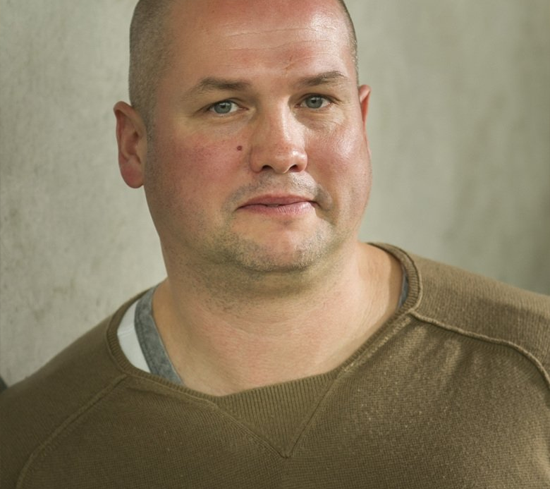In a scientific article, it is of course essential that the authors describe the aim, methods and results of the study. But all researchers also have a research ethical responsibility to reflect on ethical aspects of the work and to plan and carry out their studies in accordance with relevant laws and guidelines. The ethical approach in the study should also be described in the article. This description is not as extensive as the method description, but certain information about ethical approval and informed consent should be given with sufficient detail. If the study also entailed specific ethical challenges, perhaps because it involved vulnerable participants such as seriously ill or dying patients, then the article should report how the challenges were handled regarding, for example, obtaining informed consent.
Although scientific journals have the standard that information on ethical approval and informed consent must be declared, it is unclear how well this requirement is complied with in practice, by both authors and journal editors. A group of ethics researchers, including Tove Godskesen, William Bülow and Stefan Eriksson linked to CRB, recently investigated this question within a relevant field, namely research on palliative and end-of-life care. Patients who participate in such research can be considered vulnerable and research in this area involves particular ethical challenges. How well do scientific publications in the field meet the requirements for reporting ethical approval and informed consent?
The ethicists’ survey was conducted on 169 empirical studies in 101 journals, published after January 1, 2019. It was limited to studies conducted in Norway and Sweden, as the author group was well acquainted with the regulations and practices of ethical review in these countries and could therefore assess whether the articles contained information about relevant laws and authorities. To rate how well the articles reported ethical approval and consent, a scoring scale was created from 0 to 3. Articles with no reporting at all received a score of 0 and articles with minimal reporting (e.g., “Ethical approval was granted”) received a score of 1. If the article contained clear and concise statements about ethical approval and informed consent, and in addition included one piece of detailed information (such as the name of the committee or authority that gave the approval), then the article received a score of 2.
An original feature of the examination is the detailed requirements for obtaining the highest score. The requirements for scoring 3 are intended to also serve as a suggestion for best practice. They are proposed as a possible basis for clearer guidelines in the future for authors, journal editors and peer reviewers. What details must be reported to get the score 3? No irrelevant details, but perfectly reasonable information if you think about it. For example, the identity of the review board should be disclosed as well as the identification number of their decision. Why? To be able to contact the board for verification or questions, for readers to be able to see that the research complies with relevant laws and ethical guidelines, and for the public to be able to access the information. One should also mention the Act under to which the decision on ethical approval was made. Why? It shows that the researchers are ethically proficient and it helps editors and reviewers to compare the statements with legal requirements in doubtful cases. Regarding informed consent, one should state, among other things, what type of consent was obtained and from whom the consent was obtained. Why? So that one can assess whether the procedures meet ethical requirements in the current case. In palliative care research, for example, both the patients and their families can be involved in the consent process. Also for the informed consent, relevant legislation should be indicated to demonstrate awareness of legal requirements and to enable critical review.
The requirements are therefore about completely reasonable information that should be easy to provide. But what were the results of the survey? I content myself with reproducing the percentage of articles that received the lowest and the highest scores. A non-negligible proportion of the articles contained no reported information at all and got 0 points: 5% for ethical approval and 13% for informed consent. A larger but still small proportion of the articles reported sufficiently detailed information to receive the highest score: 27% for ethical approval and 19% for informed consent.
Considering that the requirements for the highest score can be considered reasonable and not particularly onerous, the results are disappointing. The substandard reporting creates uncertainty about the ethical rigor of studies, the authors write in their conclusion, which is particularly troubling for studies with vulnerable participants, such as patients in palliative and end-of-life care, who require special ethical considerations.
What can we do about the problem? A common measure is training in research ethics, which is of course important. But the authors suggest that a more effective way to quickly bring about change is for scientific journals to start making clearer demands on how ethical approval and informed consent must be reported in articles to be considered for publication. So why not use the requirements to get the highest score on this survey as a template? They are proposed as a reasonable description of best practice. Read the survey here: How do journals publishing palliative and end-of-life care research report ethical approval and informed consent?
In a box in the article, the authors cite an exemplary description of ethical approval and informed consent that includes the details for score level 3. It strikes me how clarifying it is to see a good example, so look for the box in the article.
Godskesen, T., Vie, K.J., Bülow, W., Holmberg, B., Helgesson, G. and Eriksson, S. (2023), How do journals publishing palliative and end-of-life care research report ethical approval and informed consent? Learned Publishing. https://doi.org/10.1002/leap.1580
This post in Swedish
Thinking about authorship
















Recent Comments